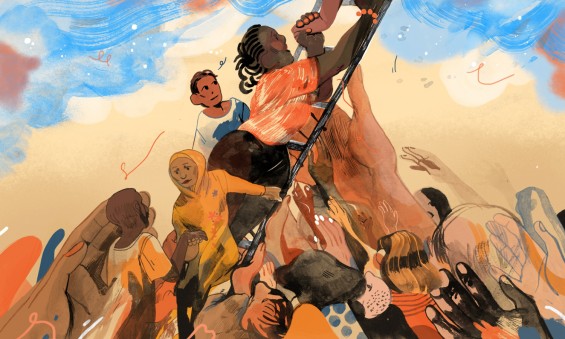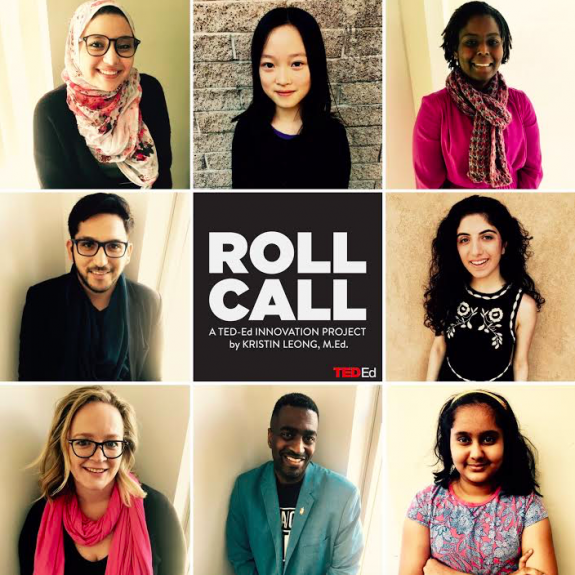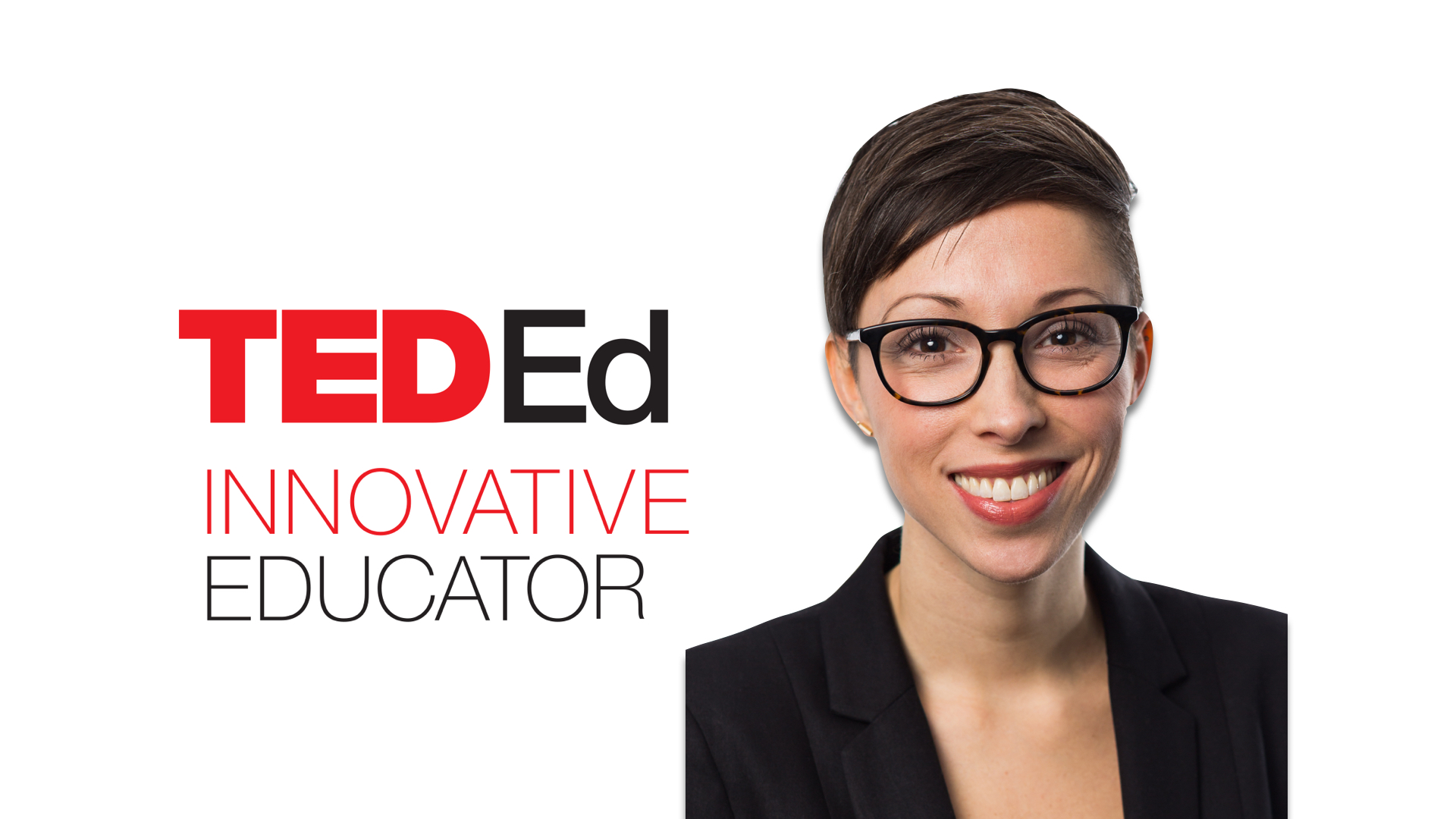
Bridge the gaps between teachers and students with Roll Call
BIO
A few years ago, TED-Ed Innovative Educator Kristin Leong was leading a classroom discussion in Washington State about racism, identity, and To Kill a Mockingbird, when one 8th grade student raised his hand and observed, “Ms. Leong, you’re the only teacher of color in the whole school!” Kristin describes the rest of this conversation — and three of the gaps separating students and teachers in American public schools — in a riveting TEDx Talk about her TED-Ed Innovation Project, Roll Call. Below, learn more about the idea behind this innovation, and get some tips on how to bridge the gaps in your school.
IDEA
In American public schools, there are gaps separating students and teachers, including: race (a majority of students are kids of color, while over 80% of teachers are white), gender (about half the students are boys and visibility of transgender students is on the rise, while almost 80% of teachers are female), and sexual orientation (one study showed that the majority of young people ages 13-20 now identify as “something other than 100% heterosexual,” while it is still complicated — and in some instances unsafe — for LGBTQ teachers to be out). How do these gaps affect teachers and students? “All students deserve to see adults who look like them in leadership roles,” says Kristin. “And all students deserve to have a wide range of adult role models in their lives who offer different perspectives than what they’ve grown up with.”
INNOVATION PROJECT
Roll Call is a portrait and storytelling project that humanizes the gaps separating students and teachers, while celebrating the ways that students and teachers connect despite divides. Two questions guide this project: 1) What do you have in common with your students/teachers? 2) Does it matter that students and teachers have things in common? “I’ve been asking teachers these two questions for the last year, and repeatedly I’ve been surprised and inspired by how these two seemingly simple questions spark such powerful reflection and conversation,” says Kristin in this Teacher2Teacher interview. “The powerful stories featured on Roll Call are an incredible testament to people’s ability to care for and engage with others who are not like them.”
Below, read Kristin’s tips on how to bridge the gaps in your school:
- Have conversations with your students and colleagues about who they are and where they come from.
- Share about who you are and where you come from with your students and colleagues.
- Shoot portraits of your students and let them shoot portraits of you. Feel what it’s like to trust someone with a camera. Resist the safety of selfies.
- Remind your students that talking about race isn’t racist. Resist claiming “colorblindness” as a substitute for having challenging conversations about race.
- Talk with your students about gender as a spectrum. Share about your own identity on the the gender spectrum and how it may have changed throughout your life. Ask your students about the pressures they feel to live up to gender stereotypes.
- Post a rainbow sticker on your door and let students know that your classroom is a safe place for LGBTQ people and for people who have LGBTQ friends and family members. Speak up every time you hear “gay” used as a pejorative.
- Call students by the name that they wish to use. Learn to pronounce their names correctly.
- Use RollCallProject.com in your classroom as a tool to connect with your students and fuel conversations in your school. Take pictures and share your experience on Facebook and Instagram (@rollcallproject) using #rollcallproject.
This article is part of the TED-Ed Innovation Project series, which highlights 25+ TED-Ed Innovation Projects designed by educators, for educators, with the support and guidance of the TED-Ed Innovative Educator program. You are welcome to share, duplicate and modify projects under this Creative Commons license to meet the needs of students and teachers. Art credit: Shutterstock.



